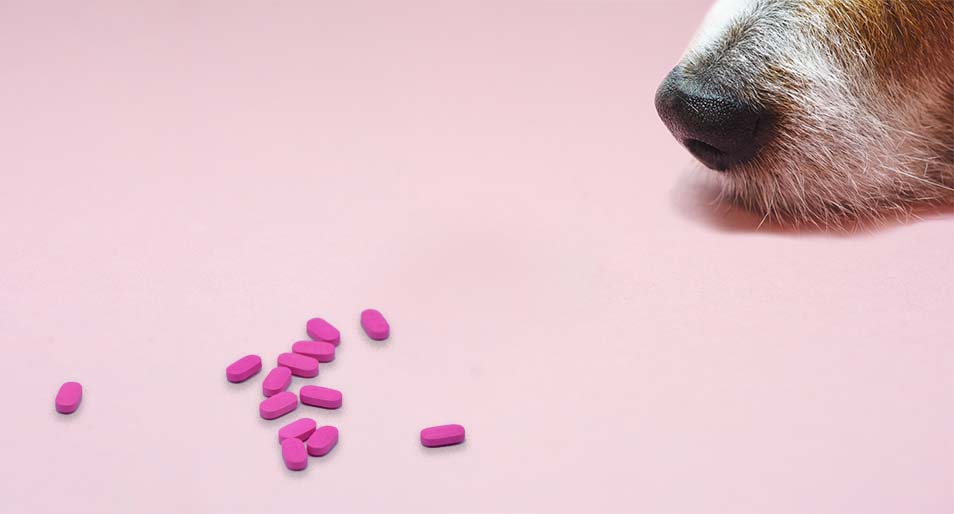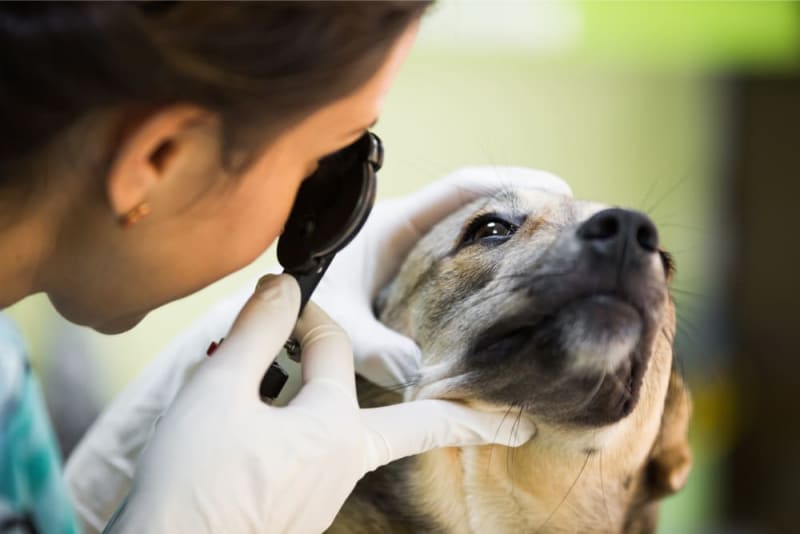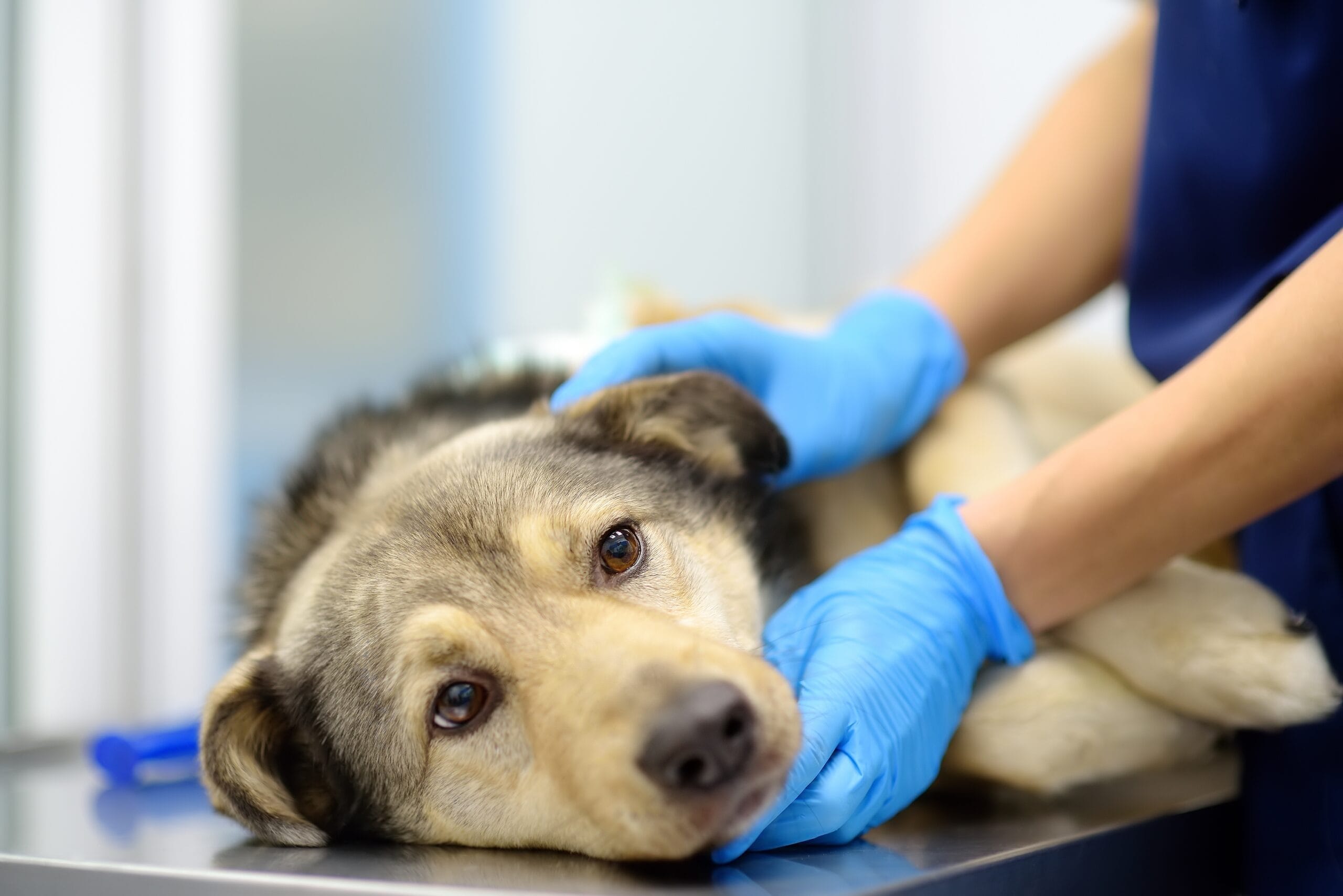What is a Torn CCL in Dogs? What are the Symptoms?
If your dog suddenly develops a limp in one back leg, is hesitant to climb stairs, or does not jump onto the couch when it normally would, there may be other factors, not just a pulled muscle. One of the more common culprits is a torn CCL (Cranial Cruciate Ligament), which is a very painful knee injury that limits physical activity in thousands of dogs every year. Let’s discuss what a torn CCL is, how you can spot the signs early, and the latest developments in treatment and prevention.
What Is a CCL in Dogs?
The Cranial Cruciate Ligament (CCL) is the analog of the anterior cruciate ligament (ACL) in humans. The CCL is a substantial band of tissue found on the inside of the knee that helps keep the knee joint stable during movements, preventing the tibia from sliding forward under the femur. When the CCL is stretched, frayed, or torn completely, the stability of the joint has been compromised. This joint instability causes pain, inflammation, and eventually long-term arthritis if not addressed.
Unlike the human population, CCL injuries don’t typically occur from a single, traumatic incident, but instead, pulled CCLs are the result of gradual development. Rather than being traumatic, the CCL becomes stretched or weakened from repeated stressors or joint structure abnormalities, ultimately becoming partially or completely ruptured. This is why many veterinarians now call it Canine Cranial Cruciate Ligament Disease (CCLD) – it is a progressive disease and not just an acute injury.
How Common is a Torn CCL in Dogs?
CCL injuries are strikingly common – and the numbers keep growing. Some important details in recent studies include:
- One large Swedish study documented 23.8 cases per 10,000 dog years at risk of rupturing their cruciate ligament.
- Affected dogs are on average around 7 years of age, but younger dogs can definitely be affected.
- Certain breeds (such as Rottweilers, Labradors, and Newfoundlands) appear to be at significantly greater risk of rupturing their CCL.
- Early neutering appears to put dogs at a greater risk of bilateral CCL tears, possibly due to hormonal factors affecting bone and ligament development.
- The economic impact is enormous – treatment alone costs over one billion dollars a year in the United States.
Emerging Trends in Treating CCL
- Arthroscopic diagnosis is considered the gold standard for early diagnosis.
- TPLO and TTA surgeries are now considered the most effective surgical repair options.
- Rehabilitation and weight management are essential components in recovery – not optional or additional choices.
- Preventive approaches are gaining traction – including developing fitness to condition joints and ligaments to prevent injury, and delaying neutering, along with potential joint supplements.
Recognizing Symptoms of Torn CCL in Dogs
Recognizing the signs early is key to avoiding long-lasting damage to the joint. Symptoms typically differ based on whether the tear is incomplete or complete.
Common Signs
- Sudden or periodic limping in one back leg.
- Refusal to put weight on the affected leg.
- Straining to rise from resting/sitting, more so after lying down.
- Decreased willingness to jump, run, or ascend stairs.
- Abnormal sitting, with the leg extended to the side.
Subtle, or History of Symptoms
- Thigh muscle atrophy and weakness, due to lack of use.
- Swelling and thickening surrounding the knee, frequently referred to as a hard bump.
- Stiffness, especially after resting or in the winter.
- Clicking or popping noises on weight-bearing walking may be an indicator of possible meniscus injury.
Partial tears can be difficult to interpret- often you will see limping for a few days, apparent recovery to full weightbearing, followed by a re-noticable limping. Every one of these dogs’ steps on an unstable joint pathologically results in a further damaging event that ultimately results in complete rupture of the cruciate ligament in significant cases, if not treated.
Why Do Dogs Tear Their CCL?
A CCL tear does not just happen- it is almost always caused by the interaction of multiple different factors.
Breed & Size – larger and giant breed dogs, like Rottweiler, Labrador, and Mastiff, have a greater chance.
Age – middle-aged dogs, 6 to 10 years, have the greatest chance.
Weight – carrying extra weight places extra stress on joints.
Genetics – some dogs inherit poor ligament quality or alignment.
Hormonal effects – Due to early spaying or neutering.
Activity Pattern – Dogs that are inactive during the week and active on the weekends frequently have an overload on their ligaments.
What to do if you suspect a torn CCL
If your dog is limping or showing any of the symptoms above, take these action steps:
- Limit activity right away. No more running, jumping, or stairs.
- Call your family veterinarian. They will do some specific tests (Example, cranial drawer test or tibial thrust test) and some X-rays to determine if the joint is stable.
- Discuss treatment options. Surgery is usually recommended for larger or more active dogs, specifically either TPLO or TTA. Conservative management is typically an option for smaller or more senior dogs.
- Follow through with rehabilitation. After surgery, it is important to engage in rehab with your pet, including hydrotherapy, physiotherapy, and controlled exercise.
If implemented with every diagnosis and the appropriate care plan, most dogs will return 90-95% of their function and be pain-free and active.
Conclusion
A torn CCL in dogs is painful, but also treatable. With up-to-date veterinary medicine, dogs can recover from a torn CCL and return to full, active lives. If you notice your dog limping, stiff behind, or changes in their gait, then don’t wait! Early intervention will likely make a difference in a quicker recovery or a longer-lasting joint issue. Your veterinarian can help you determine the best treatment plan – conservative to surgical – for your dog’s individual circumstances.
Because when it comes to our four-legged family members, mobility is not just movement; it represents freedom, happiness, and quality of life.
FAQs
Can small dogs tear their CCL, too?
Yes. Although large breed dogs are at a higher risk of tearing their CCL, small and medium-sized dogs can develop CCL tears, especially if they are overweight or have poor conformation of the joints.
My dog limps at times, but has moments of being fine. Should I be concerned?
Yes. A limping dog may indicate a partial or complete tear, and if the limb is asymptomatic, the tear can worsen over time. A veterinarian’s assessment is critical to keep CCL tears from developing into complete ruptures, lasting joint damage, or a need for surgery.
Will my dog tear their other CCL if they are diagnosed with one CCL tear?
Yes. More than 50% of dogs with one CCL tear will develop the same problem in the opposite knee within 6-24 months.
Does my dog always need surgical intervention?
Not necessarily. Smaller and less active dogs typically do well with conservative management, but larger dogs and active dogs benefit from surgery as the better intervention for long-term outcomes and stability.
What can I do to prevent a CCL tear in my dog?
- Maintain a healthy weight.
- Provide regular, low-impact exercise like swimming or leash walks.
- Avoid sudden bursts of activity.
- Support joint health with omega-3s, glucosamine, and chondroitin.
- Discuss timing of spaying/neutering with your vet, especially in large breeds.









